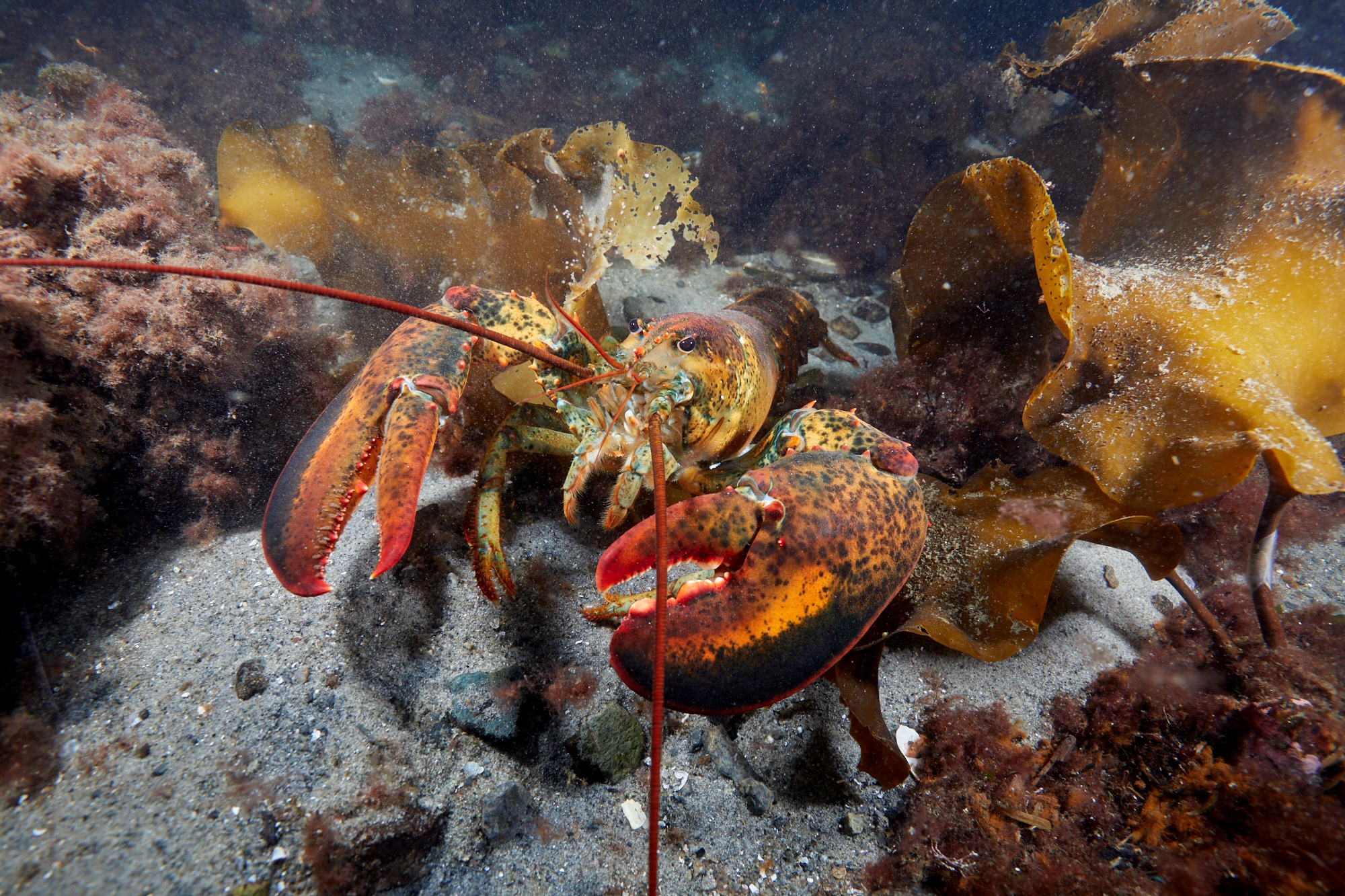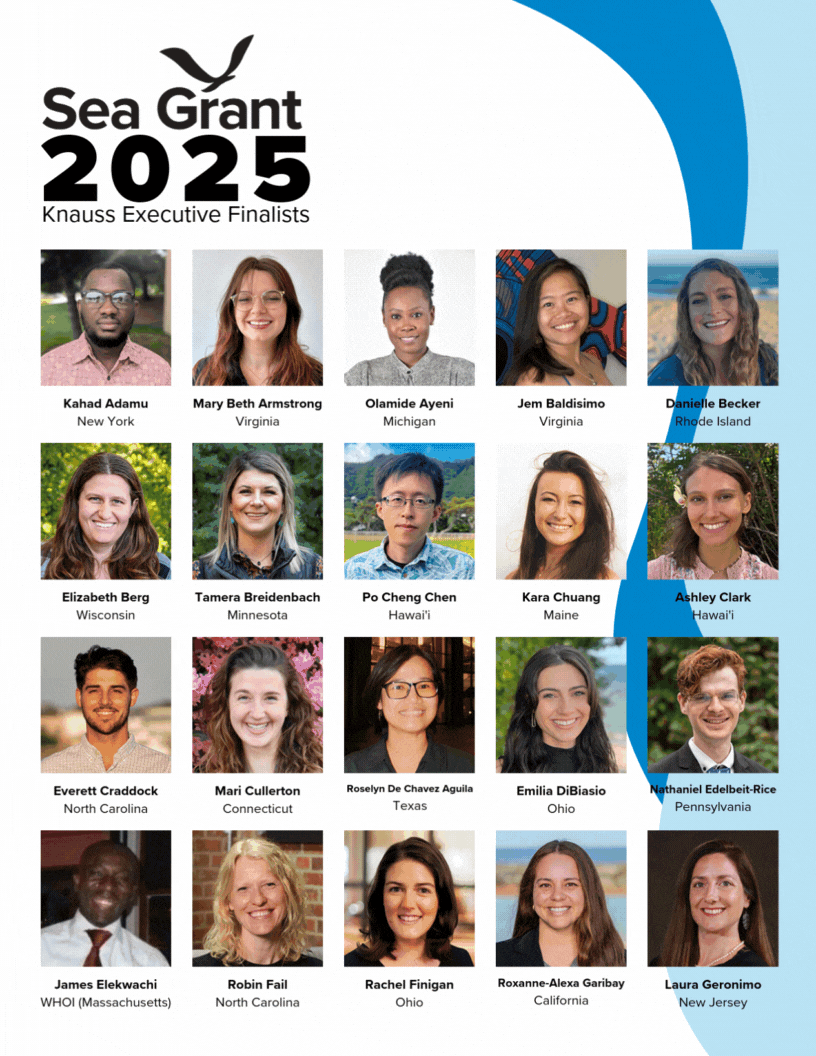By: Meredith Haas, Rhode Island Sea Grant
Just over a decade ago, very little was known about the shallow seafloor right off Rhode Island’s coast.
Habitat maps, at the time, were several decades old and were developed with technology that had poor spatial resolution, which did not account for climate change and increased coastal development. To fill this knowledge gap, Rhode Island Sea Grant invested in the development of BayMap, a collection of marine habitat maps for Narragansett Bay and surrounding coastal ponds for use by resource managers and scientists.
“People did not generally map in less than five meters of water,” said Dr. John King, an oceanographer at the University of Rhode Island Graduate School of Oceanography leading the project. “It was too difficult to get boats in and many people had the attitude that ‘If you can see it why map it?’… But you can’t ignore [shallow environments] where a lot of activity occurs around very valuable habitat. That’s where the quahoggers operate and where seagrass beds are located.”
Sea Grant first funded King’s team over the course of six years to utilize sonar imaging technologies and produce high-resolution datasets of sea bottom sediments. This effort updated 20-year-old maps and added new details about shallow habitats and potential submerged cultural sites.
Now more than 80 percent of Narragansett Bay and coastal salt ponds have been mapped in a joint effort interdisciplinary between biologists and geologists. This is one of the greatest outcomes from BayMap, says King, because it opened the door to this type of mapping approach and set the tone for the future of habitat mapping.
Since its completion in 2011, BayMap has had wide utility and diverse application resulting not only from the data collected, but from the new methodologies and protocols developed for habitat mapping, especially in shallow water.
Locally, data from BayMap has been used as a guide by shellfish farmers to assist in identifying aquaculture sites based on sediment type for gear placement. Protocols and technologies from BayMap were also applied in a survey near Providence Harbor that ultimately led to the discovery of 29 historic submerged vessels, now considered “Rhode Island’s largest ship graveyard.” The Rhode Island Department of Environmental Management is also applying the same protocols and technologies to study rocky bottom habitats for stock assessments.
BayMap protocols were also applied to seafloor mapping efforts needed to develop the Ocean Special Area Management Plan (Ocean SAMP) – a comprehensive science-based framework for managing the state’s offshore waters. The survey mapped benthic habitat distribution and helped developer Deepwater Wind identify areas with appropriate sediment for the installation of foundation structures for the construction of the nation’s first wind farm off of Block Island.
The same methodologies, in combination with magnetometry, were also applied to help develop a process for identifying submerged ancient Native American archaeological resources to assist the Bureau of Ocean Energy Management (BOEM), individual states, and tribal communities in evaluating proposed offshore wind-energy projects. BOEM launched a 5-year, $2 million project as a result of the mapping efforts from the Ocean SAMP to develop best practices for identifying submerged paleolandscapes. These efforts are aimed at avoiding adverse effects to National Register-eligible or -listed ancient Native American archaeological sites in relationship to offshore development. BOEM also funded a 4-year, $400,000 project utilizing BayMap protocols to investigate offshore sand and gravel deposits for potential beach replenishment.
The National Park Service is also currently applying both BayMap protocols in a 4-year, $3.5 million project to develop an inventory of all submerged land holdings at four locations along the East Coast. The goal of this project is to better understand habitat lost and formed post-“Superstorm” Sandy, as well as help establish a future monitoring program.
Overall, BayMap methodologies, protocols and technologies, such as interferometric sonar and side scan sonar, have leveraged nearly $10 million in both regional and national projects by demonstrating the ability to do geological and biological habitat mapping in both offshore and shallow (0-5 m) waters. This has enabled resource managers and scientists to look at marine habitats more holistically to gain better knowledge of these systems for better management and conservation efforts, both ecological and cultural.


